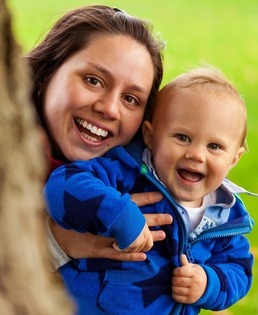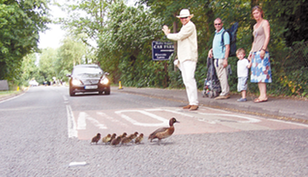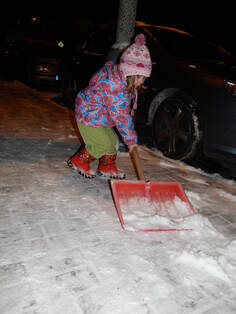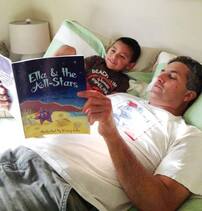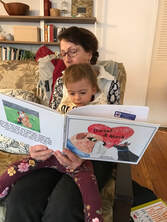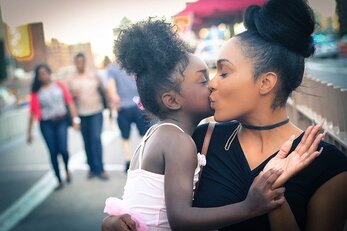Creating A Home Of KindnessIt’s not difficult to teach children to be kind and that kindness has value. "When you do something for others, it makes you feel good. It benefits both the giver and the receiver," says Julie Kaufman of the Random Acts of Kindness Foundation in Denver. Those great feelings can snowball into children wanting to do more kind things." Here are suggestions for bringing more kindness into your family: |
|
MODEL IT The best way to teach your children kindness is not by explaining: it’s by doing. Whether you do volunteer work, mow an elderly neighbor’s lawn or just treat others with dignity and respect, children watch and want to emulate.
BE KIND TO YOUR CHILDREN If you run a kind, respectful household, children learn what it feels like to be treated kindly. That doesn’t mean that you never punish a child. But it does help to keep punishments verbal, not physical, and to make sure that all discipline is accompanied by an explanation.
REWARD KIND ACTS Shower your children with attention when they’ve done kind things. Find creative ways to reinforce and reward the kind behavior such as using a star chart, or schedule a special activity. If you catch your child doing something kind, give them a star on the fridge, and have those build towards a treat such as a special dinner or an outing.
GIVE CHILDREN TASKS TO DO Studies show that children who do housework have better feelings of responsibility and self-worth years later. And children who feel good about themselves are more respectful to others.
WATCH THE LANGUAGE Words have enormous power. Work on purging your vocabulary of words such as stupid, shut up, idiot and any racist or biased terms. When your child says such words, right away tell them that those words hurt others and ask them to rephrase what they want to say. No need for a big lecture, just a quick correction.
|
MAKE FRIENDS Friendship is the most long lasting way we can show kindness to another person.
READ ABOUT IT Slip some kind books into your household reading list. Ella's Way books are age-appropriate for the preschooler and will allow the parent or teacher opportunities to discuss the diverse characters and how they display kindness toward each other.
EDUCATE CHILDREN IN HOW TO HELP OTHERS Teach your child about the many state, national and global organizations that help others. Take them to food pantries, neighborhood kitchens, nursing homes to show them the value of volunteer work.
ENJOY KINDNESS
Finally, the whole point of being kind is to make the world a more fun, safe and happy place. So when your child does a kind act, when you witness something kind or even when you’re the recipient of kindness, show your joy. Keep an open discussion about your feelings around kind acts and let your child feel how wonderful it is to give, and receive, from others.
|
